|
This week, students took part in the second round of our health-day event. Students went to different 2nd grade classes to learn about dental health, physical health, germs & cleanliness, healthy eating, stress, and physical exercise. Students got to explore the benefits of living a healthy life and got to describe the barriers preventing healthy living. Here is a summary of what happened in our classroom: In Langauge Arts...
In Writing...
In Math...
Announcements:
1 Comment
Connecting our pervious unit about citizenship with our heroes unit, we talked about how being a good citizen can also mean being a hero. We also discussed what an "everyday hero" is and how doing something small can be big. Sometimes the most insignificant thing - saying hi to someone, asking someone with no friends to play, helping a friend carry something, picking up trash that's not yours, picking up a pencil that's on the floor instead of stepping over it so someone doesn't slip, can make some of the biggest differences. Students talked about all these little things that seems so small, but leave lasting impressions and make us "everyday heroes!" Here is a summary of what happened in our classroom: In Langauge Arts...
In Writing...
In Math...
Announcements:
With a heavy heart we bid farewell to Ms. Bianca Gonzales, our Chaminade O & P student (student teacher) who was with us every Monday, Wednesday and Friday since the beginning of March. We will miss her very much and wish her all the best as she continues the next chapter in her journey to becoming a teacher!
Here is a summary of what happened in our classroom:
In Langauge Arts...
In Writing...
In Math...
In Social Studies...
|
Proudly powered by Weebly
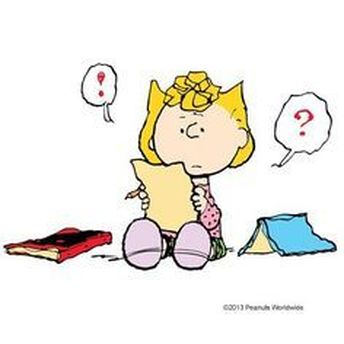
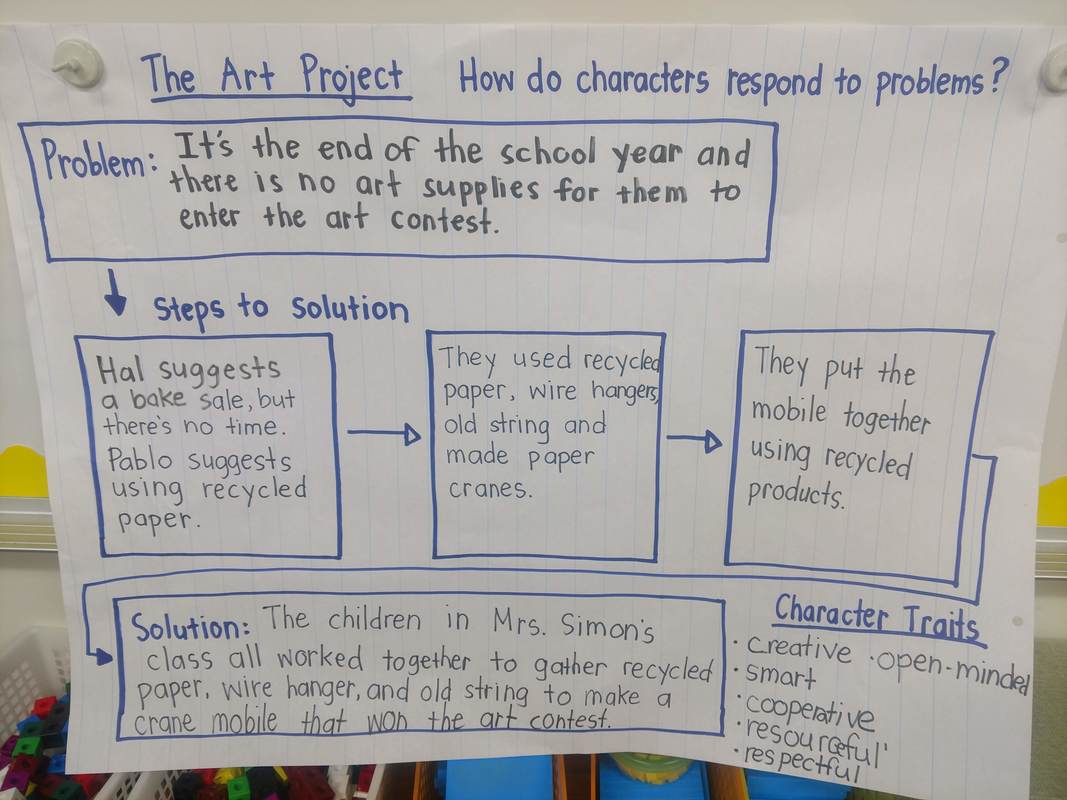
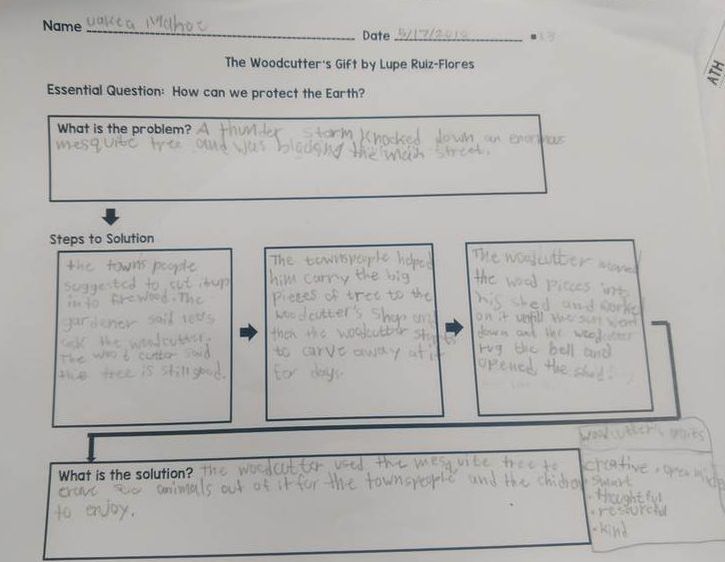
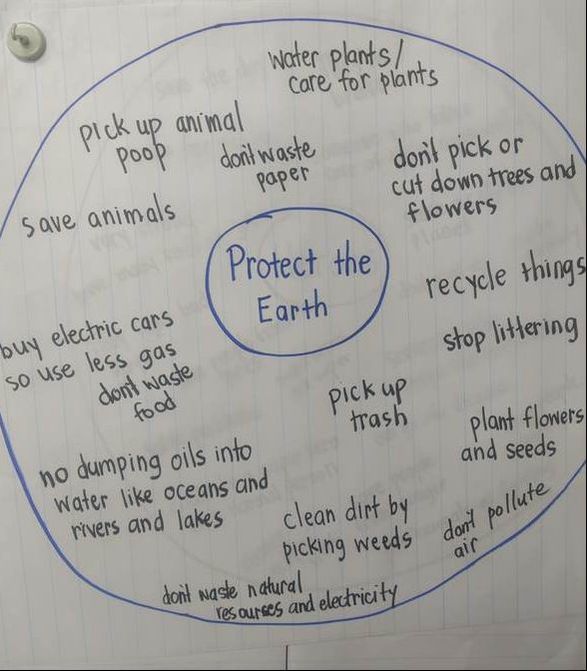
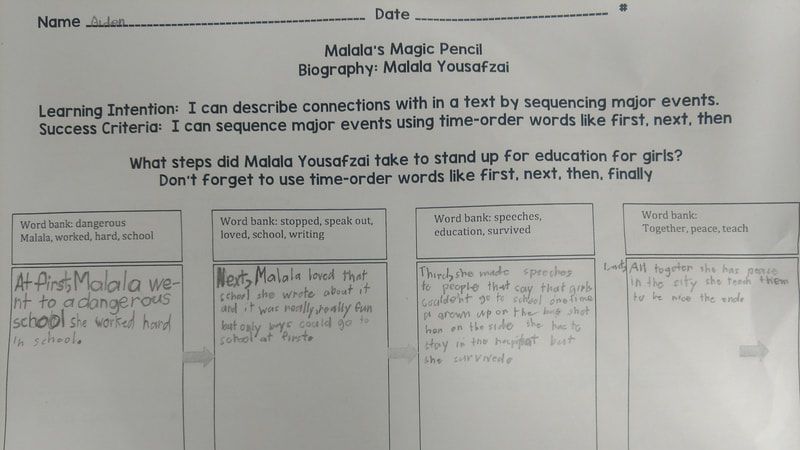
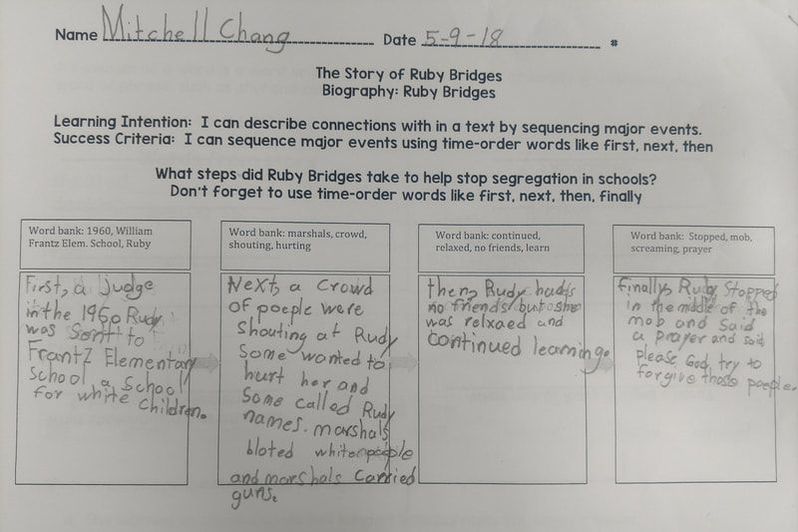
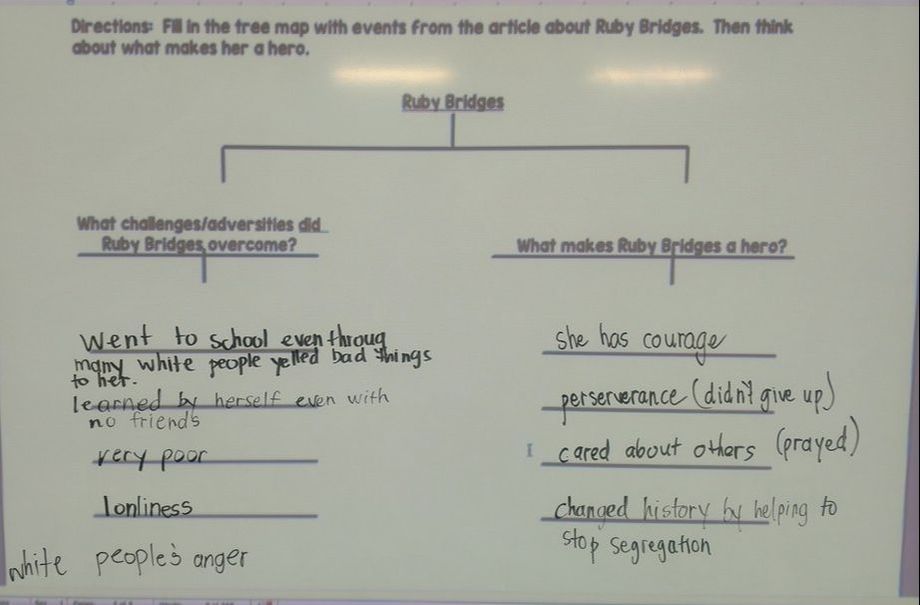
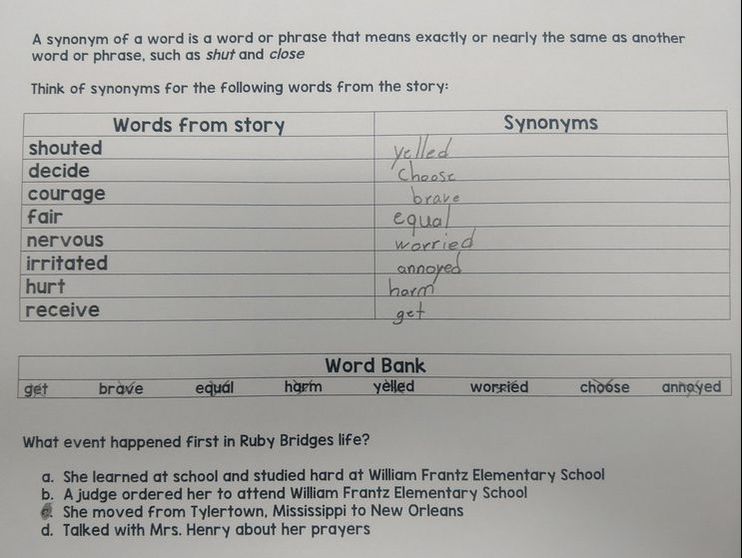
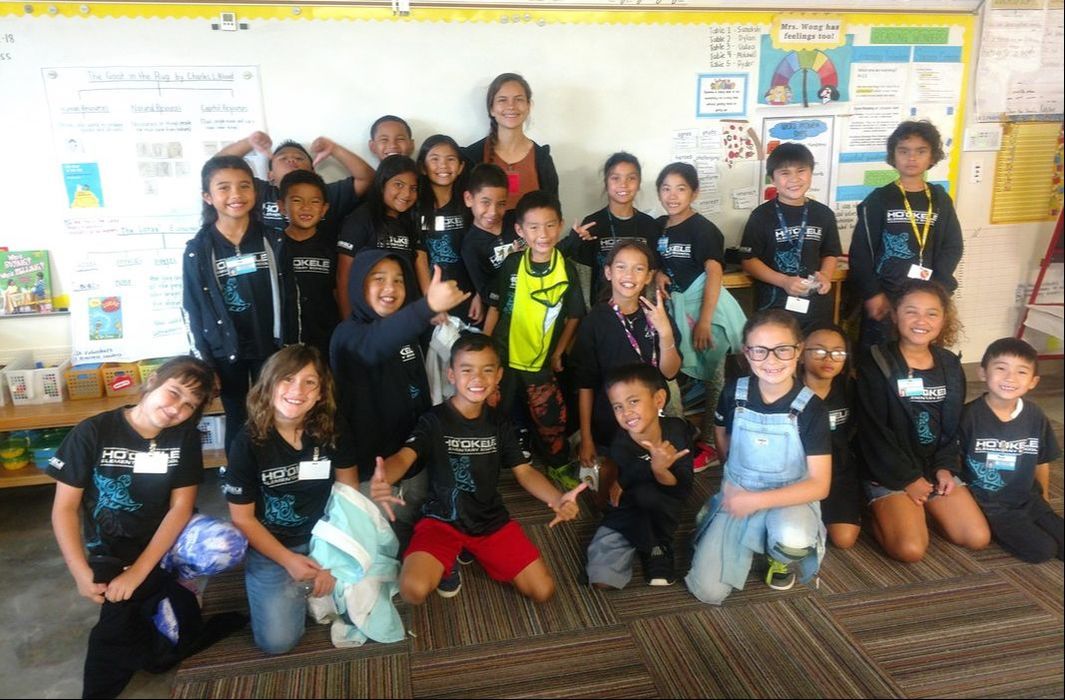
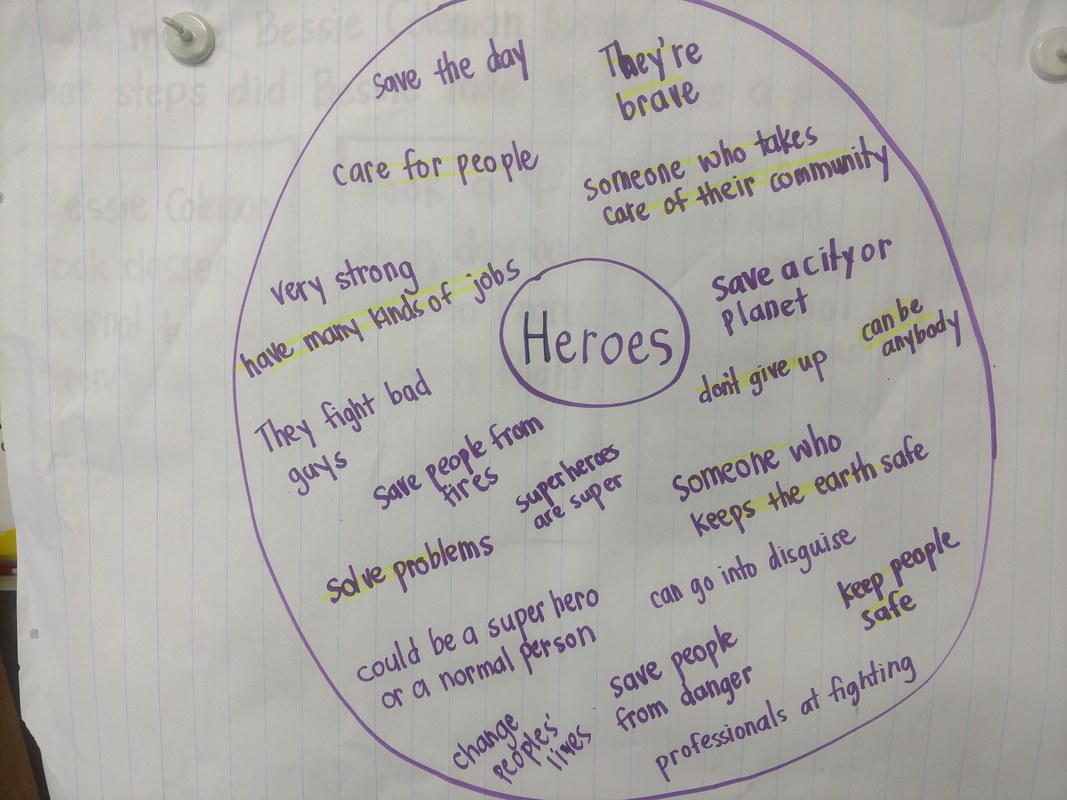
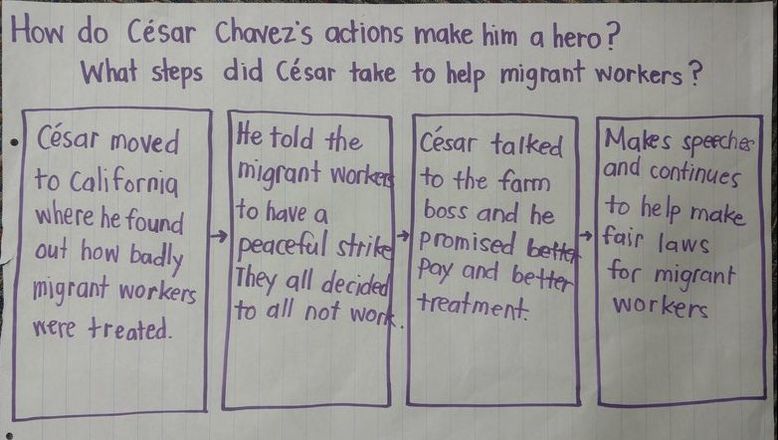
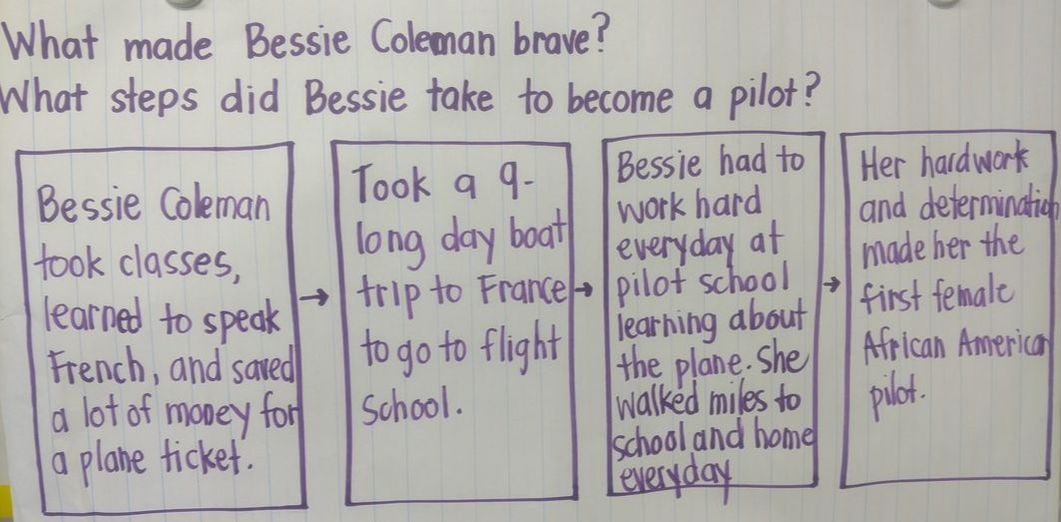
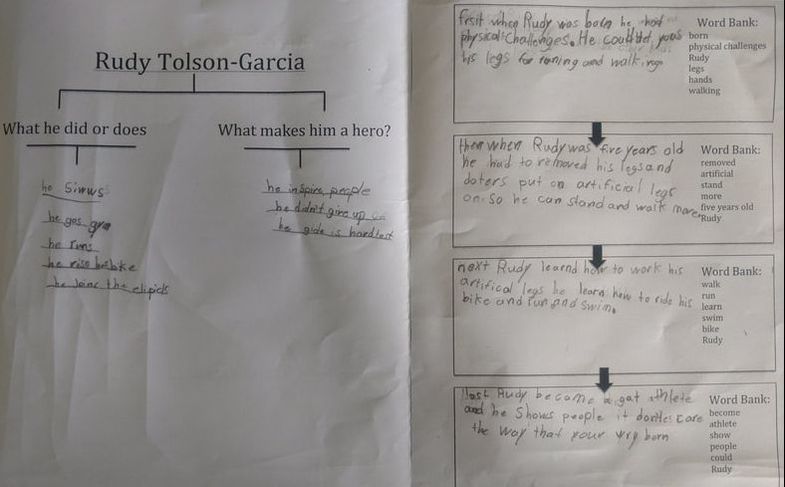
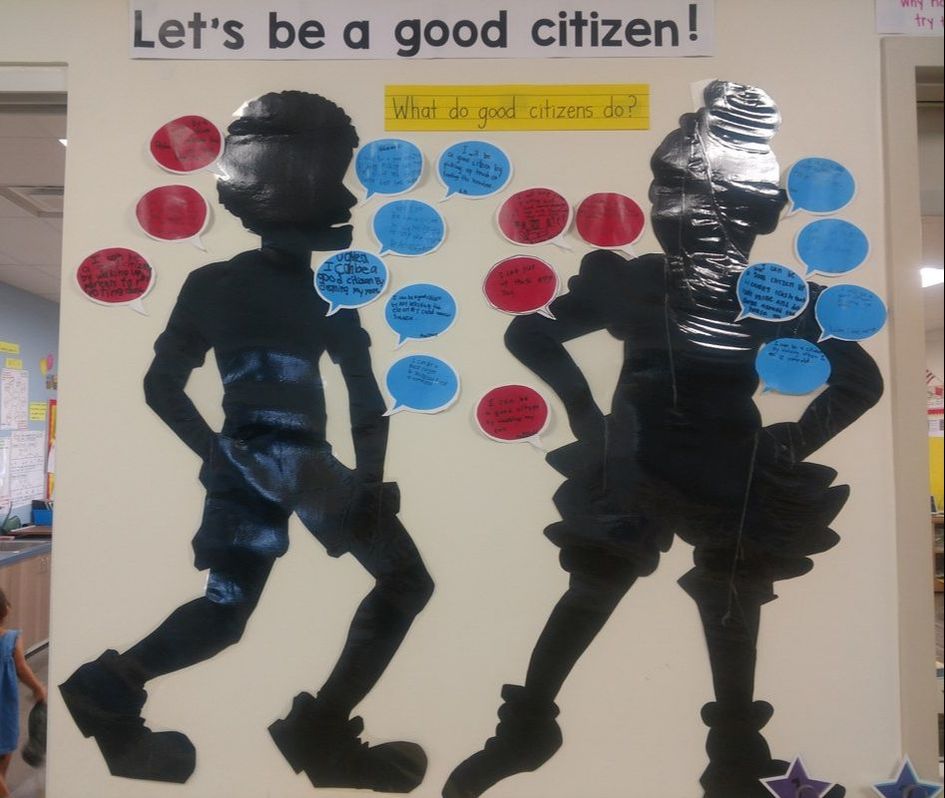
 RSS Feed
RSS Feed